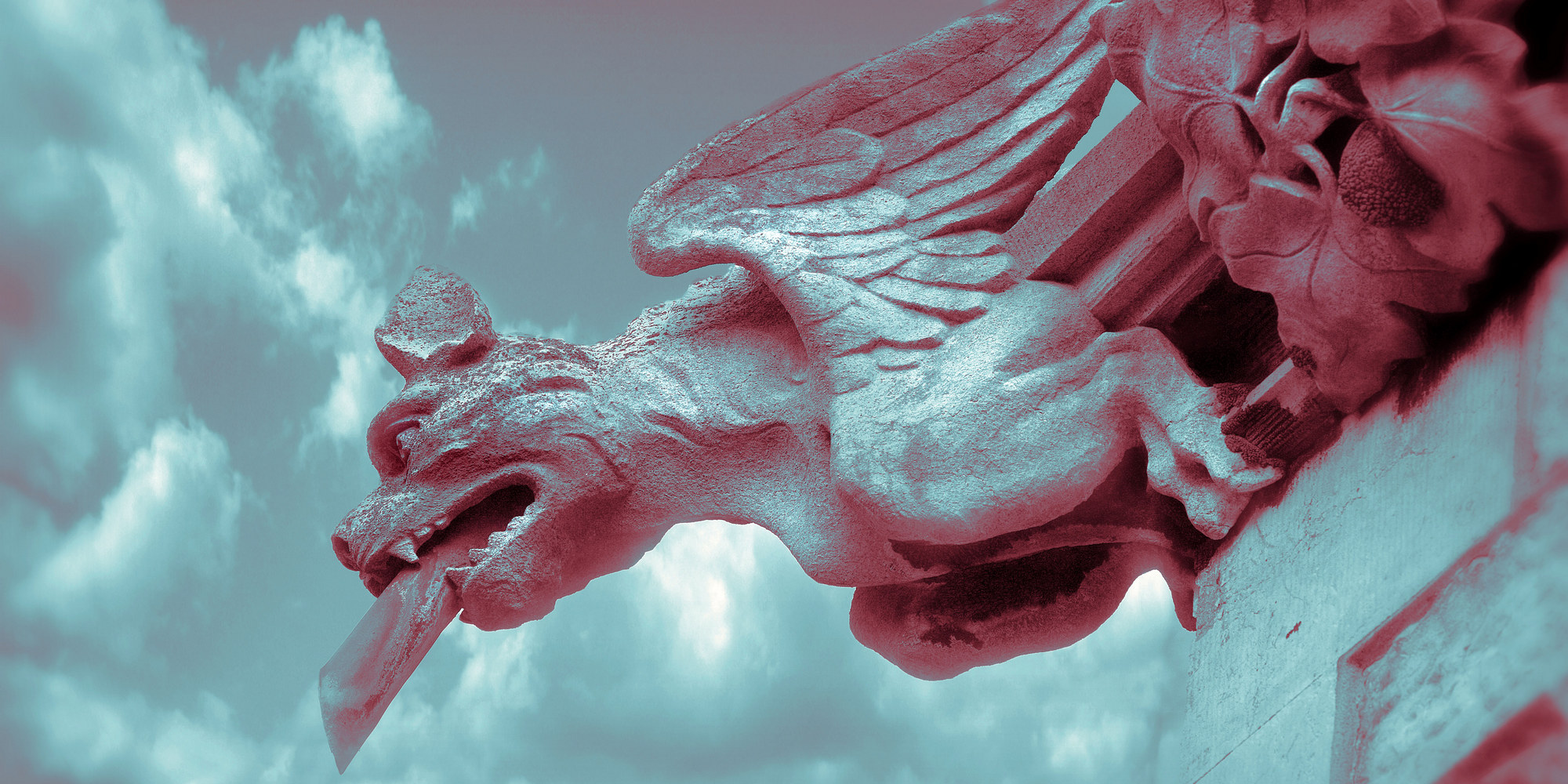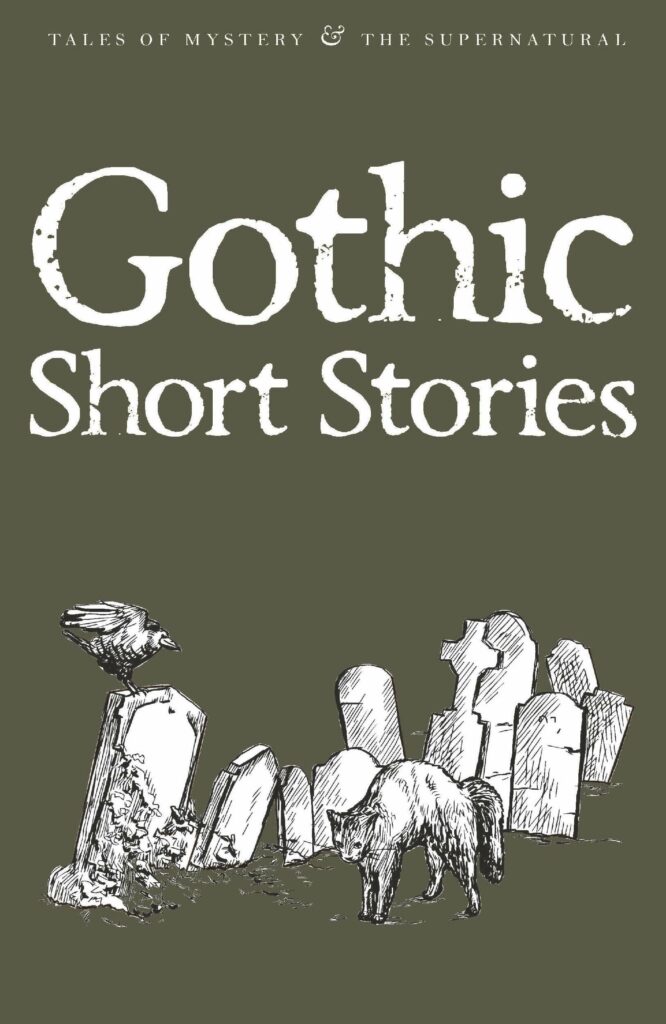
Gothic Short Stories
David Stuart Davies looks at our collection of chilling tales from the Gothic genre now in its fourth century.
The term ‘Gothic’ as applied to literature first came into use in the late eighteenth and early nineteenth centuries. Originally, it referred to stories which were wild, barbarous and chillingly strange. They were written as a reaction to the sedate, undramatic tales of the Age of Reason. Originally, Gothic narratives usually took place in remote castles, dungeons and mountainous regions and the plots hinged on suspense and mystery, involving the fantastic and the supernatural. The first Gothic novel was Horace Walpole’s The Castle of Otranto (1764), which tells the story of Manfred, the prince of Otranto, who is keen to secure the castle for his descendants in the face of a mysterious curse. Other writers inspired by this darkly flamboyant tale took it as a template for their own work in this new genre.
As time moved on the Gothic style diversified somewhat, encompassing the now more familiar form of ghost and horror stories, but always maintaining the elements of strangeness, violence and shock. When you pick up one of these stories you enter the realm of the unknown where anything can happen. There is a dark honesty about the true Gothic tale; its purpose is to lead to dank, shady places, enmesh you in its dusty embrace and then frighten the hell out of you.
The Wordsworth collection of Gothic Short Stories has tales that run from the onset of the genre up to the early days of the twentieth century. The set commences with a titillating entrée: ‘Sir Bertrand: A Fragrance’ (1773) by Anna Letitia Aiken. This brief entry is redolent with atmosphere and pure Gothic elements: ‘a large antique mansion’, isolated and derelict, the tolling of the bell in the deserted tower and the strange coffin that contains a living corpse.
Many famous authors have contributed to the Gothic scene over the years. It as though this fluid and unrestricted format allowed them to let their dark imaginations flow free. A number of these luminaries appear in this collection. Sir Walter Scott gives us ‘The Tapestried Chamber’ (1829), which relates the story of General Browne, a British soldier, who, having returned from the ‘American War’, stays in an old castle where he experiences a supernatural encounter more frightening than any episode in his military career:
‘She turned slowly round, but, gracious Heaven! My lord, what a countenance did she display to me! There was no longer any question about what she was, or any thought of her being a living being. Upon a face which wore the fixed features of the corpse were the imprinted traces of the vilest and most hideous passions which animated her while she lived.’
In elegant and yet spine-chilling prose, Scott presents an image which could well stand as the emblem of Gothic fiction.
In his writings, Charles Dickens often dealt with the supernatural, weird events and the returning dead as he does in the story chosen for this volume: ‘A Madman’s Manuscript’ (1836). This short tale was first published in The Pickwick Papers and takes us into the realms of insanity and the destructive force that it can wreak upon a man’s life. When he was a child, the narrator of this episode learned that a hereditary madness existed in his family and was told that someday he would become a doomed madman himself. This prediction preys so heavily on his mind that he surrenders to the idea and does become mad, a state that allows him to behave in a vile and cruel fashion, leading him to murder. The manuscript, written by the storyteller in the madhouse, is remarkably psychologically accurate, which adds to the unsettling nature of the tale.
In ‘Berenice‘, the great American horror writer, Edgar Allan Poe provides a suitably weird tale of a man who becomes obsessed with his dead wife’s teeth. This bizarre concept and the gruesome elements within the story caused contemporary readers to be horrified by its graphic violence and complained to the editor of the Southern Literary Messenger, which had first published the tale in 1835.
Most of the luminaries of Victorian Gothic fiction are featured in this potpourri of unsettling Gothic gems. J. S. Le Fanu, Nathaniel Hawthorne, Elizabeth Gaskell, Robert Louis Stevenson and Ambrose Pierce all provide exercises in the grisly and ghoulish. Stevenson’s entry is ‘The Body Snatcher’. This is a famous tale set in Edinburgh during the time when grave robbing to supply the medics with corpses was common practice. It was memorably filmed in 1945 with Boris Karloff in the title role. It is a beautifully constructed story, which has lost none of its power to chill. Some of the entries in this rich collection have never been anthologised before and like the haunting, ‘The Lame Priest’ (1891) by S. Carleton, are lost masterpieces.
One of my favourite narratives is M. R. James’ ‘Canon Alberic’s Scrapbook’ (1894). James is regarded as the doyen of ghost story writers, but it has to be said that many of his tales include strong elements of the Gothic – the dark terrifying past invading the present with horrific results. Certainly, this story features an entity which shocks and repulses with equal measure:
‘Pale, dusky skin covering nothing but bones and tendons of appalling strength; coarse black hairs, longer than ever grew on a human hand; nails rising from the end of fingers and curving sharply down and forward, grey, horny and wrinkled.
The final story in the collection is ‘The Room in the Tower’ (1912), a fine example of how the genre has grown more refined and sophisticated, but no less effective, in little over a hundred years. The story features a wonderful mélange of gothic elements including a haunted room, fantastic dreams, vampirism and an ancient portrait that bleeds.
Gothic Short Stories has twenty such tales to engage your senses, increase your heart rate and make you look swiftly over your shoulder. Best read in a well-lighted room.
